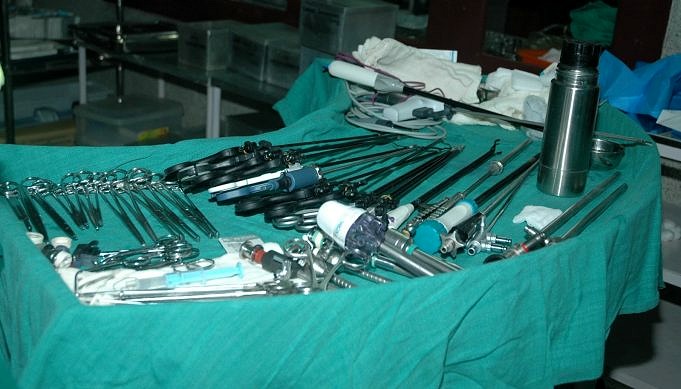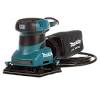Before we launch into part 2 of this series, allow me to ask a question. Are you a fan of searching for the right tool, even though you didn’t see it until a few days ago?
If yes, you don’t need to read this article. You can go back to the endless game of Where is My Tapered Bung-hole Reamer! For most people, having your tools organized means that you will spend less time searching for the right tool to use and more time cutting wood.
Believe me when I say to you that this is not about having a knitted cozy for your trammel points. These are principles based on looking at a lot of historical tool-storage systems. These principles are easy to apply when building a tool chest or cabinet.
OK, here we go:
3. Not too much, not too little overall volume). When your stomach is full, you (should) stop eating. You should also stop buying any rosewood or brass from your toolbox if you are full.
This doesn’t apply if you are a tool collector, or if you simply enjoy working with tools. Consider this if you’re building furniture: Two (or 10) smoothing boards means that you have twice as many edges to sharpen, and five times as many soles to keep clean.
This is what I know from personal experience: I am able to build a lot more furniture now that I have less tools.
What volume is appropriate for a quality tool kit? It’s difficult to answer. I have 12 cubic feet of space, but a lot of that is wasted on the mechanisms that make it easy to use (see the section in part 1 on keeping all your tools under your eyeballs).
I think a smart person could design a wall cabinet or rack that uses much less volume but holds the same kit. Give it your best shot.
The best way to design a cabinet or chest is to list all the tools that you will need to make furniture. You might also consider creating a separate chest for tools if you are a woodworker with different skills. You can also combine them all into one happy kit.
A common complaint I hear from beginners is: I dont know what tools I need because I dont know what Ill be interested in during the future. There are a lot of tools that you can use to make furniture. These lists will last you at least 300 years. It is clearly defined. And its not as big as you might think.
This is why I rely on the historical size and arrangement of a tool chest. Ive been working out of a chest since 1997 and respect the millions of woodworkers who shaped its final size and features down the absolute minimum. It is truly genius.
Wall cabinets and racks can also do the same things. Im just not smart enough to make them so they trump a floor chest. I wish you could.
A handle on a Dutch tool chest that is designed to be mobile.
4. Movable, or not. This is an either/or situation. How you structure your tool storage means it is easy/difficult to move/steal.
Consider this: A traditional 61 cm x 61 cm x 97 cm tool chest is almost impossible for a single person to lift. It is heavy and difficult to lift, not only because it is heavy but also because your arms are too weak to reach the chest (woodworker Jerome Bias exception). If someone is trying to take your tool chest, they will need to have a few accomplices. And someone will eventually squeal.
You will need to transport that large chest by yourself. You can ask a friend, or a strong spouse.
If your chest is more like 66 cm long, then you can wrap your arms around it and move it by yourself, even if that means moving it to a pickup truck or wheeled dolly.
Another thing to keep in mind: locks on small chests like this are kind of silly. If they can pick up all your tools and walk away, do you think a thief is going to pick the lock to get one tool out?
Wall cabinets have similar constraints. Some wall cabinets can be moved by just one person. Some cant. You can’t. Your heirs will have a hard time with it.
A screwed-together tool chest.
5. Durable and appropriate construction. It is easy to build too many tools storage units. And I dont think theres anything wrong with over-building if it suits your skill set. For me, cutting dovetails is easier than figuring out a smarter way to do things. When I find a way to build it without using dovetails, I can get halfway through the carcase.
That said, tool racks and wall cabinets dont need the sort of heavy-duty joinery that a movable piece does. Because you can rely on the walls and the studs of your shop, you can use simpler and easier joinery for a wall cabinet. You can use screws or other joinery if the cabinet is not going to be moved or pulled around.
So think about the forces that will work on your cabinet, chest or rack. Movable chests must be able to slide off of a moving truck. Wall cabinets do not.
Next up: Arranging your tools.
– Christopher Schwarz
Product Recommendations
Here are some supplies and tools we find essential in our everyday work around the shop. We may receive a commission from sales referred by our links; however, we have carefully selected these products for their usefulness and quality.



